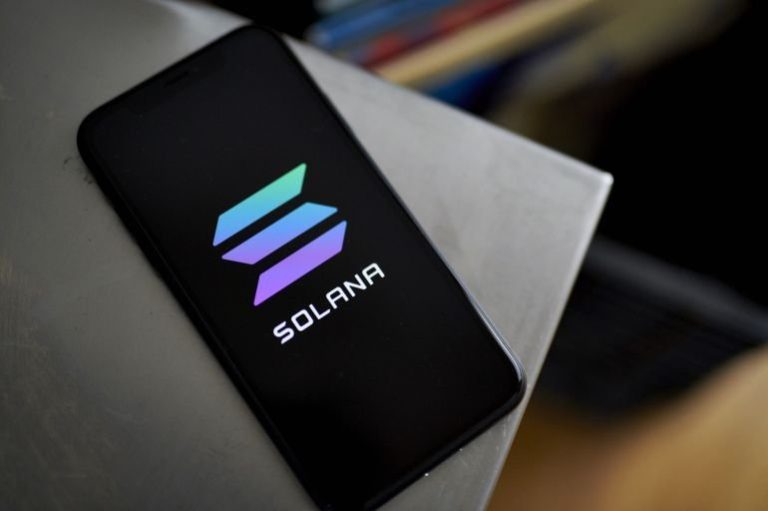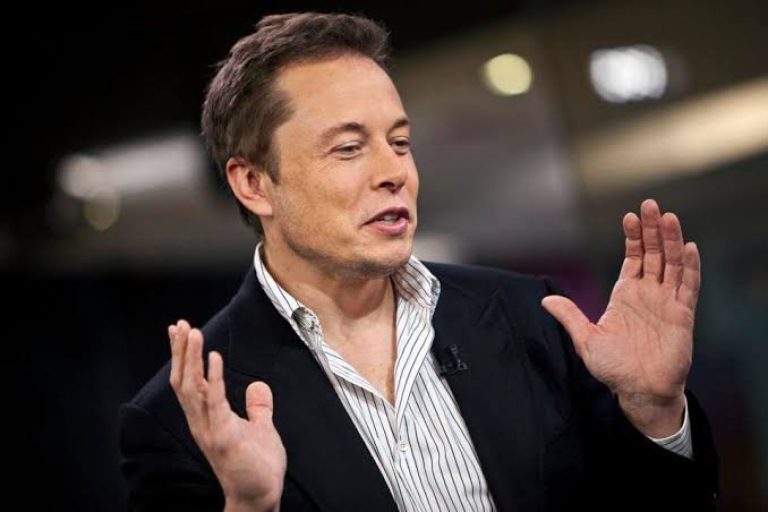BRICS members are considering establishing a new digital payment system & currency to process cross-border payments without any role of the US dollar.
BRICS is an acronym for five leading emerging economies: Brazil, Russia, India, China, and South Africa. This is a list of top countries, which are rapidly moving toward development. This group came to light in 2001 under the leadership of Goldman Sachs economist Jim O’Neill. Initially, South Africa was not a member of this alliance but later in 2010 joined BRICS.
On 30 March, Many local Indian news Media reports confirmed that the BRICS alliance is working on creating its currency.
Reportedly State Duma Deputy Chairman Alexander Babakov spoke about this plan during the St. Petersburg International Economic Forum event in New Delhi.
Babakov reportedly said that the new payment mode will bring better opportunities for both countries, where digital payments will be a better choice.
Russian officials confirmed that it is not all about India & Russia but also it will bring several benefits for other BRICS members including China but not for Western countries.
“Its composition should be based on inducting new monetary ties established on a strategy that does not defend the U.S. ‘s dollar or euro, but rather forms a new currency competent of benefiting our shared objectives,” Babkov said.
Babakov said that the new currency of the new payment system will be pegged by the value of Gold, Commodities & expensive metal assets.
Earlier, in 2019, many reports surfaced in the internet world where BRICS was working to establish a new digital currency to process the fund transaction as a unified payment system.
It is worth noting that, after the Russia vs Ukraine war, Russian government agencies are trying to derive some better options to bypass the US dollar-supported payment options.
Since March 2022, Russia has been facing financial sanctions imposed by western countries in response to the Russian military invasions on Ukraine.
Read also: Pompliano says many people claimed bitcoin failed as an inflation hedge last year, but they missed





